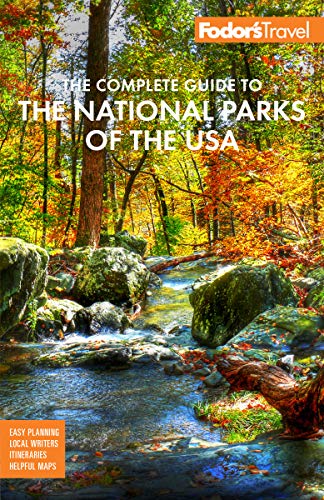Gold Mining in Alaska
The Golden Era
The region's gold stampede began in 1898, when three prospectors—known as the "Lucky Swedes"—struck rich deposits on Anvil Creek, about 4 miles from what became Nome. Their discovery was followed by the formation of the Cape Nome Mining District. More gold was found the following summer on the beaches of Nome, a place no one ever expected to find it. Ordinarily, placer gold sits on bedrock, but here thousands of winter melts washed it down to the sea.
Prospectors' Short-Lived Paradise
Word spread quickly to the south, right about the same time everybody was discovering that all the good spots for gold in the Klondike were staked. When the Bering Sea ice parted the next spring, ships from Puget Sound (in the Seattle area) arrived in Nome with eager stampeders, while miners who struck out in the Klondike arrived via the Yukon River to try again in Nome. An estimated 15,000 people landed in Nome between June and October 1900, bringing the area's population to more than 20,000. Dozens of gold dredges were hauled into the region to extract the metal from Seward Peninsula sands and gravels; more than 40 are still standing, though no longer operating (if you explore them, be sure to call out regularly, as warning to any bears that might have taken shelter inside). Among the gold-rush luminaries were Wyatt Earp, the old gunfighter from the O.K. Corral, who mined the gold of Nome the easy way: by opening a posh saloon and serving drinks to thirsty diggers. Also in Nome were Tex Rickard, the boxing promoter, who operated another Nome saloon (money made there later helped him build the third incarnation of Madison Square Garden, and helped him found the New York Rangers hockey team); and Rex Beach, whose first novel, The Spoilers, was based on the true story of government officials stealing gold from the hardworking miners (it was a best seller, letting even people warm and cozy down south experience the stampede).
Incorporation of Nome
The city of Nome was incorporated in 1901, which means it is now Alaska's oldest first-class city, with the oldest continuously operating school district. But the community's heyday lasted less than a decade; by the early 1920s the bulk of the region's gold had been mined, and only 820 or so people continued to live in Nome.
Finding Gold Today
Although the city's boom times ended long ago, gold mining has continued to the present. The size of the mines (and the number of offshore minidredges) fluctuates. Visitors are welcome to try their own luck by picking up a gold pan at one of Nome's stores and sifting through the beach sands along a 2-mile stretch of shoreline east of Nome. Visitors can also contact the Nome Convention and Visitors Bureau for information on tours that feature gold panning.





